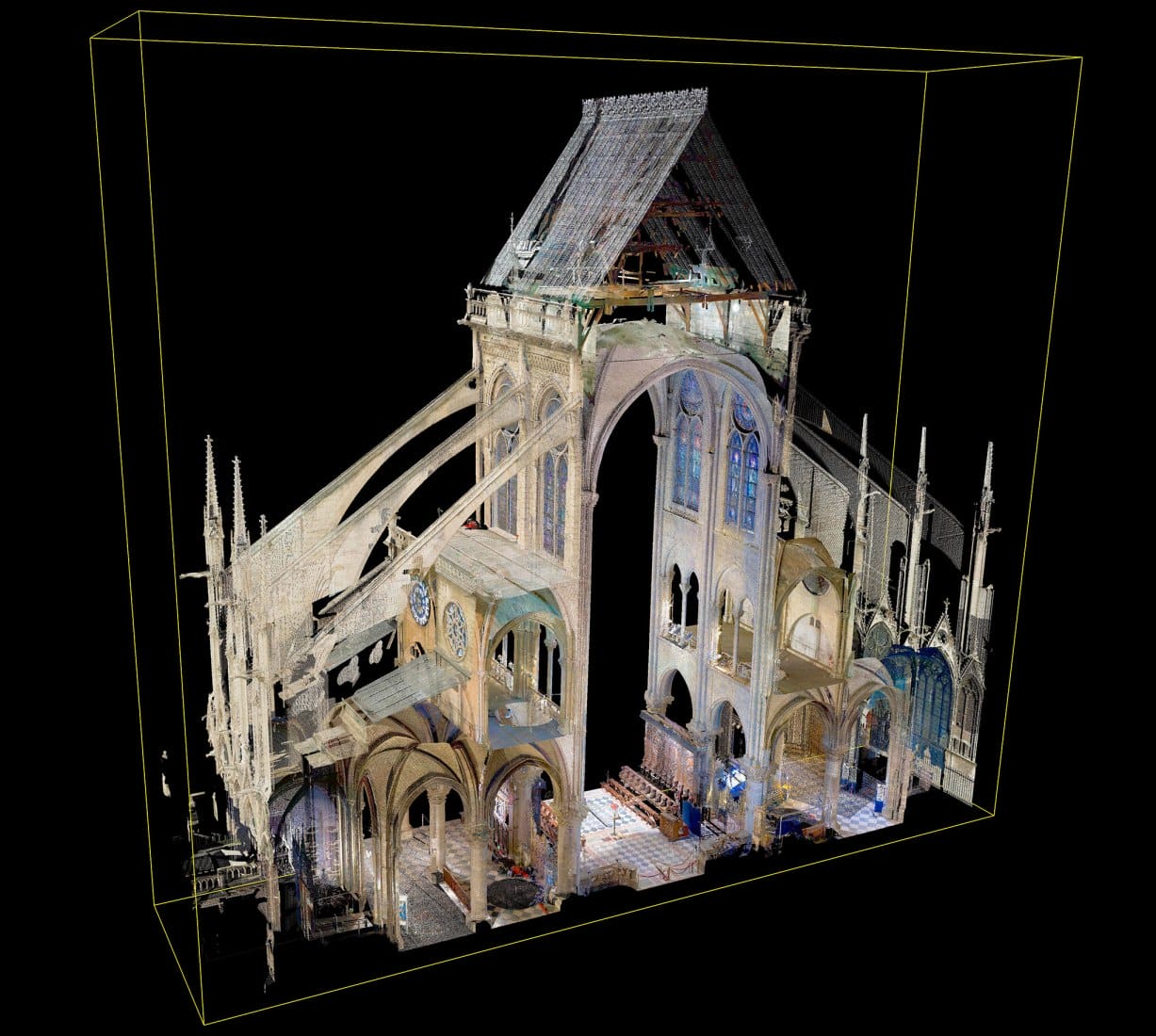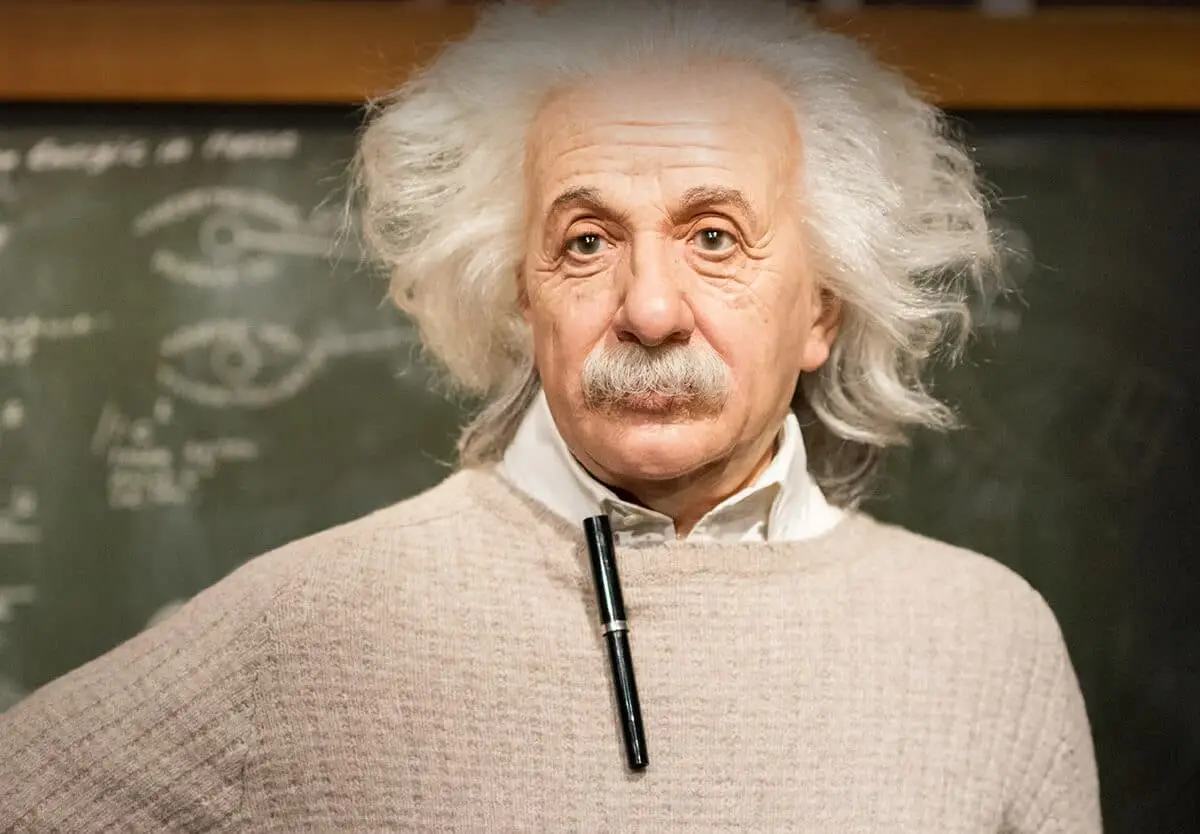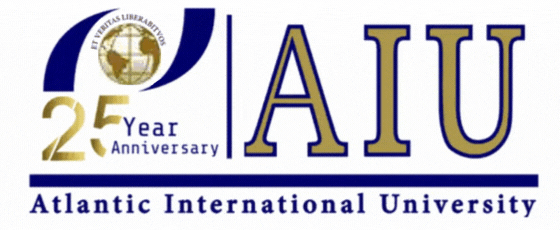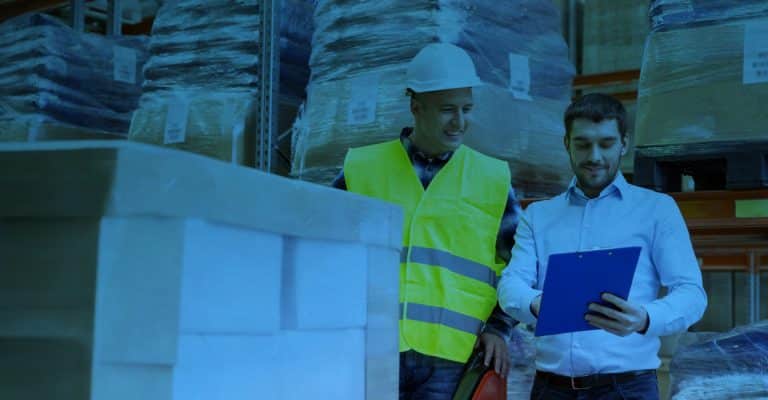- RESEARCHDistance Learning at AIU is enhanced by vast academic resources and innovative technologies build into the Virtual Campus: Hundreds of self-paced courses with video lectures and step by step lessons, thousands of optional assignments, 140,000 e-books, the Social Media & Networking platform allowing collaboration/chat/communications between students, and MYAIU develop students holistically in 11 areas beyond just academics.
- PROGRAMS OFFERED
- Areas of Study
- Courses and Curriculum
- Open Courses
- Register for a Program
- Associate Program
- Associate in Addiction Counseling
- Associate in Agriculture Food And Resources
- Associate in Anti Terrorism Security
- Associate in Behavior Analysis In Special Education
- Associate in Bioethics
- Associate in Climatology
- Associate in Cultural Theological Communication
- Associate in Culinary Arts
- Associate in Ecotechnology
- View all Associates Programs
- Bachelor Program
- Bachelors in Community Development
- Bachelors in Environmental Science
- Bachelor in Education (B.Ed, BS)
- Bachelors in Economics
- Bachelors in Entrepreneurship
- Bachelors in Financial Administration
- Bachelors in Human Resource Management
- Bachelors in Linguistics
- Bachelors in Nutritional Science
- Bachelors in Occupational Health and Safety
- Bachelors in Psychology
- View all Bachelor Programs
- Doctorate Program
- Doctor | of Biology (PhD)
- Doctorate in Business Administration (DBA, PhD)
- Doctor of Economics (PhD)
- Doctor of Electrical Engineering (D.Sc, PhD)
- Doctor of Finance (PhD)
- Doctorate in International Relations
- Doctorate in Information Technology (D.Sc)
- Doctor of Legal Studies (PhD)
- Doctor of Project Management (PhD)
- Doctor of Sociology (PhD, D.Sc)
- Doctorate in Sustainable Natural Resources Management
- View all Doctorate Programs
- Master Program
- Postdoctoral Program
- Postdoctoral in Animal Science
- Postdoctoral in Anti Terrorism Security
- Postdoctoral in Behavior Analysis In Special Education
- Postdoctoral in Bioethics
- Postdoctoral in Blockchain Technology and Digital Currency
- Postdoctoral in Business Management
- Postdoctoral in Cloud Computing
- Postdoctoral in Computer Engineering
- View all Postdoctoral Programs
AIU offers a wide range of majors in areas including the Arts, Business, Science, Technology, Social, and Human studies. More than 120 degrees and programs are available for adult learners at the associate’s, bachelor’s, master’s, doctoral and postdoctoral level. - VIRTUAL CAMPUS
Distance Learning at AIU is enhanced by vast academic resources and innovative technologies build into the Virtual Campus: Hundreds of self-paced courses with video lectures and step by step lessons, thousands of optional assignments, 140,000 e-books, the Social Media & Networking platform allowing collaboration/chat/communications between students, and MYAIU develop students holistically in 11 areas beyond just academics.
- ALUMNI
The world is YOUR campus!”, that is the message of AIU’s month magazine Campus Mundi. Hear the voices and see the faces that make up AIU. Campus Mundi brings the world of AIU to you every months with inspirational stories, news and achievements by AIU members from around the world (students and staff are located in over 200 countries).
Cultural Heritage Preservation: Using Technology to Save History

How can technology help you connect with and preserve your own cultural heritage?
What role do you think AI and VR can play in making history more accessible and engaging for people around the world?
How might your unique skills and interests contribute to the field of cultural heritage preservation?
Use your research skills and share your opinion on the use of technology in the preservation of Cultural Heritage.
(Login to your student section to access the AIU Additional Resources Library.)
Cultural Heritage Preservation: Using Technology to Save History
In a world where technological advancements are continuously shaping our future, it is essential to recognize how these innovations are also preserving our past. Cultural heritage preservation is a crucial endeavor, and with the advent of new technologies, we are now better equipped than ever to protect, restore, and celebrate our shared history. This article delves into the latest developments in cultural heritage preservation, highlighting the importance of technology in saving history and offering insight into how you, as part of the Atlantic International University (AIU) community, can contribute to this vital cause.

The Intersection of Technology and Cultural Heritage
The preservation of cultural heritage encompasses a wide array of activities aimed at safeguarding our historical monuments, artifacts, traditions, and even intangible heritage such as languages and customs. Traditional methods of preservation often face challenges such as environmental degradation, natural disasters, and human-induced damage. However, technological advancements have introduced innovative solutions to these challenges, ensuring that our cultural treasures are not lost to time.
Digital Documentation and 3D Modeling
One of the most significant breakthroughs in cultural heritage preservation is the use of digital documentation and 3D modeling. High-resolution scanning and photogrammetry enable the creation of detailed digital replicas of historical sites and artifacts. These digital models serve multiple purposes: they provide a precise record of the current state of an object or site, aid in restoration efforts, and make it possible to share cultural heritage with a global audience.

For instance, the devastating fire at Notre-Dame Cathedral in Paris in 2019 highlighted the importance of digital documentation. Prior to the fire, detailed 3D scans of the cathedral had been made, which are now instrumental in the restoration process. Similarly, in Syria, organizations like the Institute for Digital Archaeology are using 3D modeling to recreate and preserve sites damaged or destroyed by conflict.

Notre-Dame Cathedral – three-dimensional model obtained from laser scanning
Augmented and Virtual Reality (AR/VR)
Augmented and virtual reality technologies are revolutionizing the way we experience and interact with cultural heritage. AR and VR provide immersive experiences, allowing individuals to explore historical sites and artifacts in ways that were previously impossible. These technologies not only enhance educational experiences but also increase accessibility for those who may not be able to visit these sites in person.
A notable example is the VR experience of the ancient city of Pompeii. Through VR, users can walk through the streets of Pompeii as it was before the catastrophic eruption of Mount Vesuvius in 79 AD. This immersive experience not only educates users about the city’s history but also fosters a deeper emotional connection to the past.
The Role of Artificial Intelligence and Machine Learning
Artificial Intelligence (AI) and Machine Learning (ML) are playing increasingly significant roles in cultural heritage preservation. These technologies are being used to analyze and interpret vast amounts of data, identify patterns, and make predictions that inform preservation strategies.

Predictive Analytics for Preservation
AI can predict potential threats to cultural heritage sites by analyzing environmental data, such as weather patterns and climate change projections. This predictive capability allows for proactive measures to protect sites at risk. For example, AI algorithms are being used to monitor the Great Wall of China, identifying areas most susceptible to erosion and damage.
Restoring Lost or Damaged Artifacts
Machine learning algorithms are also employed in the restoration of damaged artifacts. These algorithms can analyze fragments of artifacts and predict their original appearance, guiding restoration efforts. In some cases, AI has been used to fill in missing parts of historical documents or artworks, providing a glimpse into what they might have originally looked like.
A remarkable application of this technology is seen in the restoration of paintings by the Dutch master Rembrandt. Researchers used machine learning to analyze Rembrandt’s works and generate a new, historically accurate painting in his style, showcasing the potential of AI in art restoration.
Crowd-Sourcing and Community Engagement
Technology has also enabled greater community involvement in cultural heritage preservation. Crowd-sourcing platforms allow individuals from around the world to contribute to preservation efforts, whether by providing funding, sharing knowledge, or participating in digital documentation projects.
Global Efforts and Local Impact
One notable example is the crowd-sourced project “Project Mosul,” which aims to digitally reconstruct artifacts destroyed by ISIS in Iraq. Volunteers from around the globe contributed to creating 3D models of the destroyed artifacts using photographs and other available data. This project not only helps preserve the memory of these artifacts but also engages a global community in the preservation process.
Challenges and Ethical Considerations
While technology offers incredible opportunities for cultural heritage preservation, it also presents challenges and ethical considerations. Issues such as data privacy, the digital divide, and the potential for cultural appropriation must be carefully navigated. It is crucial to ensure that technological interventions respect the cultural significance of the heritage being preserved and involve local communities in decision-making processes.
Moving Forward: The Role of Education
As we embrace these technological advancements, education plays a pivotal role in preparing individuals to engage with and contribute to cultural heritage preservation. By understanding the interplay between technology and heritage, students can develop innovative solutions that respect and enhance our historical legacy.
Your Role in Cultural Heritage Preservation
At Atlantic International University, we are committed to fostering an environment of experiential learning and personal development. The intersection of technology and cultural heritage preservation is a prime example of how innovative thinking can address global challenges and create lasting impact.
We invite you to explore our programs in fields related to cultural heritage, digital humanities, and technology. By deepening your knowledge and skills, you can play a crucial role in preserving our shared history and contributing to the common good. Together, we can ensure that future generations have the opportunity to experience and learn from the rich tapestry of human culture.
For those interested in making a difference, consider enrolling in our programs that offer specialized courses in these areas. Join us in our mission to preserve the past, enhance the present, and build a better future through the power of education and technology.We also invite you to learn about our wide range of recorded classes that cover various topics of interest and that can be very useful to expand your knowledge. If this topic interests you, you can explore related live classes. Our extensive online library is also home to a wealth of knowledge, comprised of miles of e-books, serving as a valuable supplemental resource.
Related readings and resources:
Digital Preservation Technology for Cultural Heritage
Physical Techniques in the Study of Art, Archaeology and Cultural Heritage
Held In Trust: Digital Technology in the Context of Cultural Heritage Preservation
Digital Preservation: How Technology is Safeguarding New Orleans’ Cultural Heritage
Digital Innovation: The Future of Cultural Heritage Preservation
Digital Tools Join Traditional Methods for Notre Dame Rebuild
CultLab3D – Heritage Preservation goes 3D
A Digital Future For Cultural Heritage
Digitizing cultural heritage: what are we talking about?
ReInHerit Redefining the Future of Cultural Heritage
Editor’s Note: Special Issue on Computer Vision and Cultural Heritage Preservation.
Cultural Landscapes;Balancing Nature and Heritage in Preservation Practice
Reminder to our Dear Students,
Please ensure you are logged in as a student on the AIU platform and logged into the AIU Online
Library before accessing course links. This step is crucial for uninterrupted access to your learning
resources.
AIU Success Stories







Contact Us Today!
Begin Your Journey!
AIU’s Summer of Innovation and Growth gives you the ability to earn up to $5000 in tuition credit by completing free lessons and courses.
Whether you’re looking to acquire new skills, advance your career, or simply explore new interests, AIU is your gateway to a world of opportunities. With free access to 3400 lessons and hundreds of courses the ability to earn credits and earn certificates there’s no better time to start learning.
Join us today as a Guest Student and take the first step towards a brighter, more empowered future.
Explore. Learn. Achieve.

Contact Us
Atlantic International University
900 Fort Street Mall 905 Honolulu, HI 96813 [email protected]
Quick Links
Home | Online Courses | Available Courses | Virtual Campus | Career Center | Available Positions | Ask Career Coach | The Job Interview | Resume Writing | Accreditation | Areas of Study | Bachelor Degree Programs | Masters Degree Programs | Doctoral Degree Programs | Course & Curriculum | Human Rights | Online Library | Representations | Student Publication | Sponsors | General Information | Mission & Vision | School of Business and Economics | School of Science and Engineering | School of Social and Human Studies | Media Center | Admission Requirements | Apply Online | Tuition | Faculty & Staff | Distance Learning Overview | Student Testimonials | AIU Blogs | Register for Program | Privacy Policy | FAQ



















